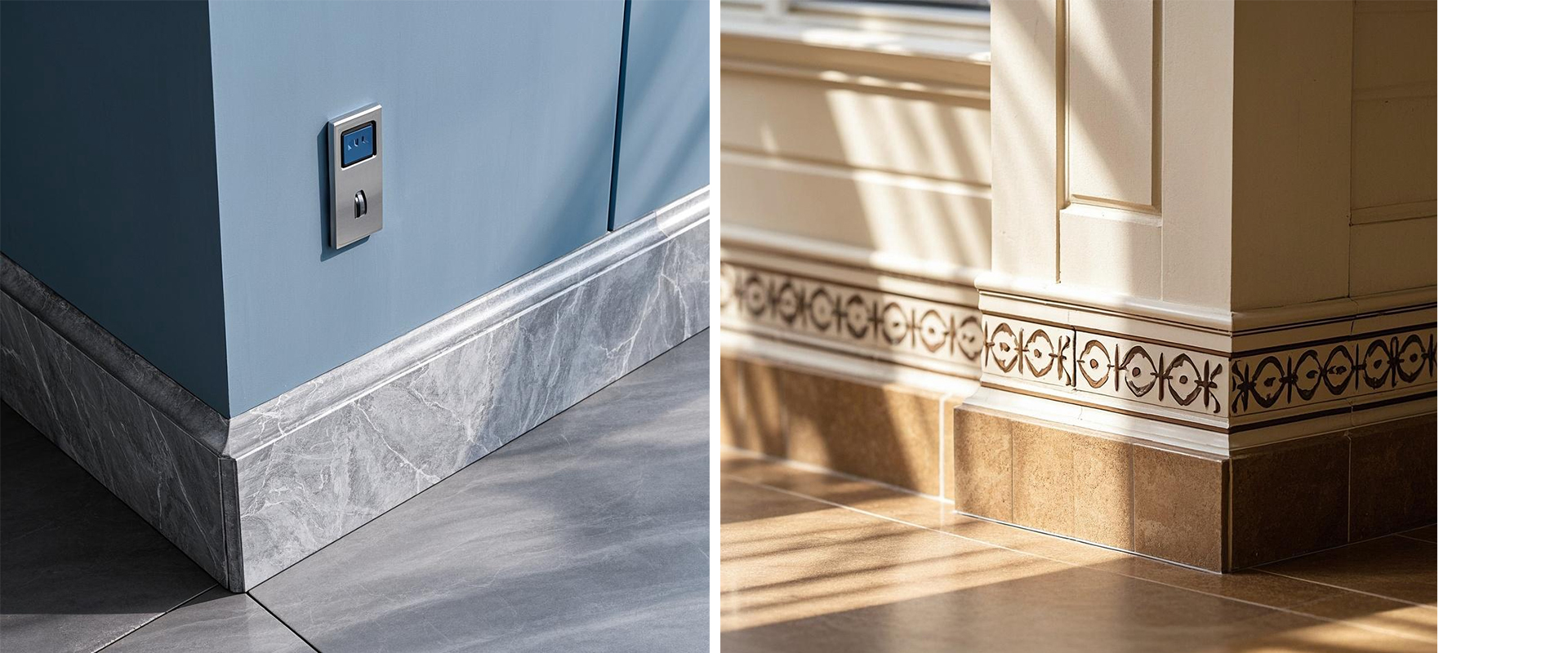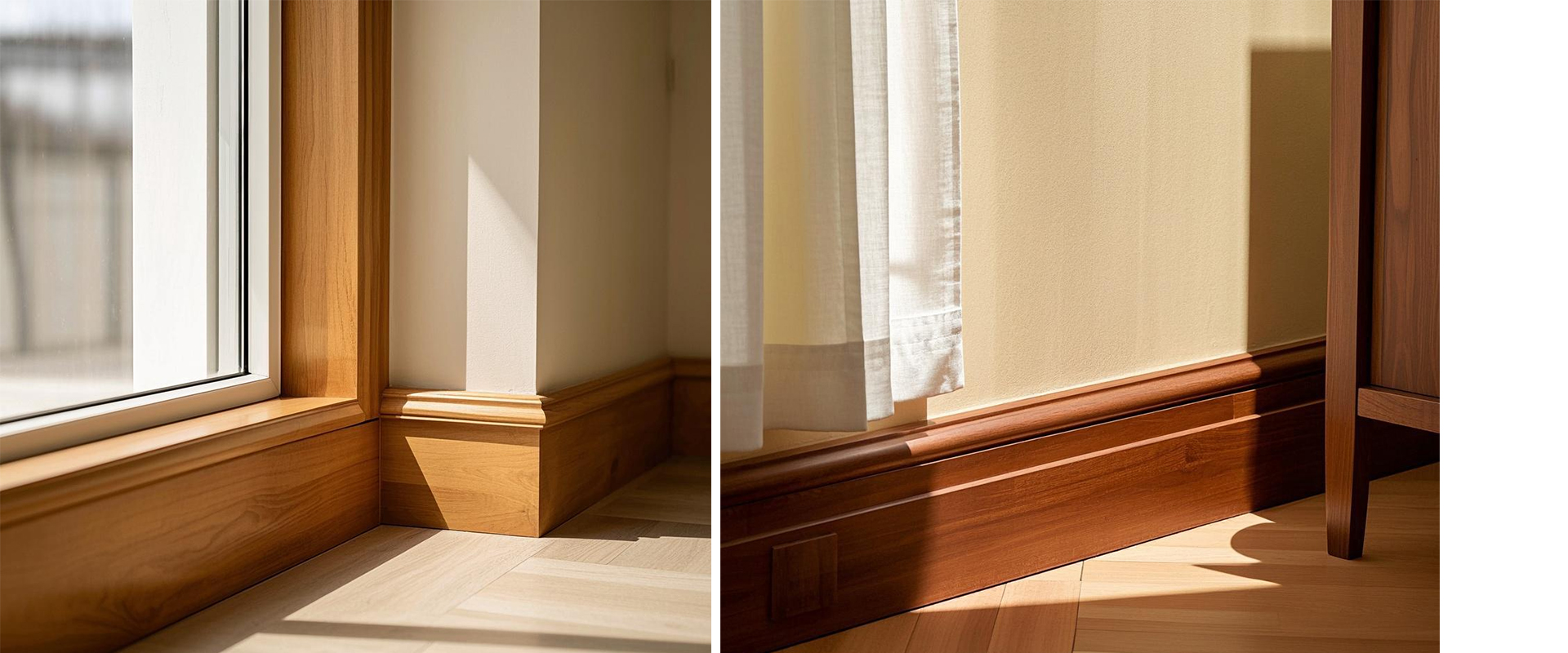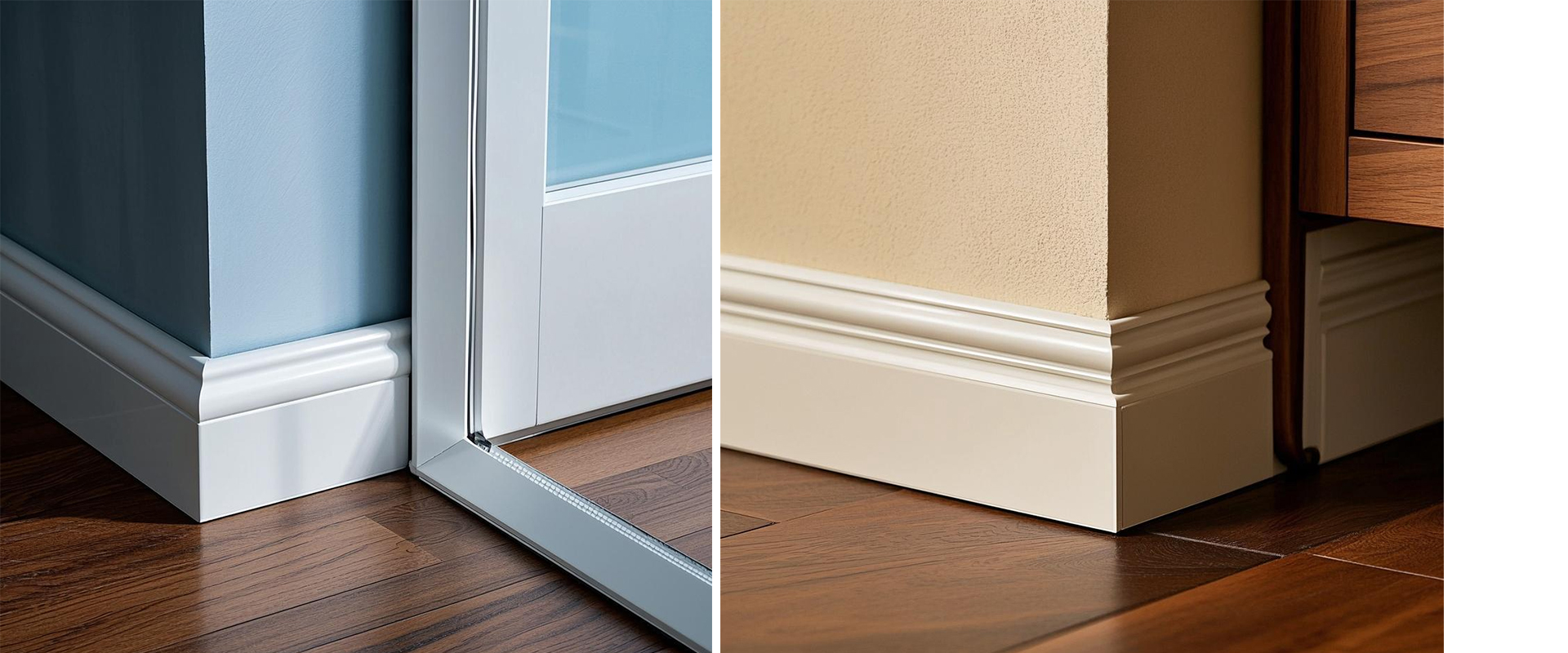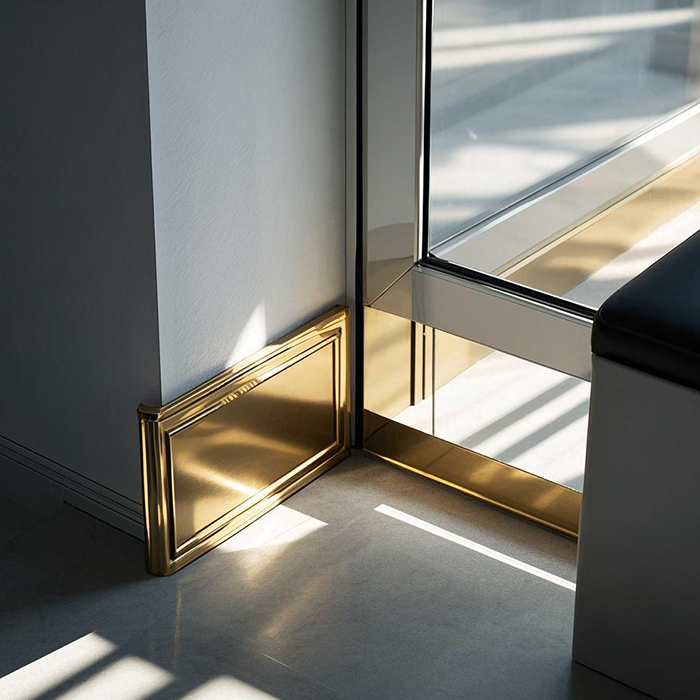Advantages and Disadvantages of Different Baseboard Materials
Mar 10, 2025
Baseboards serve both functional and decorative purposes in interior design. Here's a comparison of common baseboard materials by Wankon Ceramics:
Waterproof and moisture - resistant, ideal for bathrooms and kitchens
Durable and scratch - resistant
Available in various colors/patterns to match tiles
[Disadvantages]
Heavy and difficult to cut/install
Higher cost compared to other materials
Warm, natural aesthetic that complements wood flooring
Easy to customize with paint/stain
Lightweight and straightforward to install
[Disadvantages]
Prone to warping in high - humidity areas
Requires regular maintenance to prevent scratches
Affordable and lightweight
Waterproof and mold - resistant
Mimics wood texture at lower cost
[Disadvantages]
Less durable; prone to cracking
Limited high - end appearance options
Sleek modern look (aluminum/stainless steel)
Fireproof and corrosion - resistant
Long lifespan with minimal maintenance
[Disadvantages]
Higher installation cost
Cold feel and potential thermal conductivity issues
5. Composite Baseboards
[Advantages]
Combines wood/vinyl benefits
Cost - effective and low - maintenance
Available in textured finishes
[Disadvantages]
Less durable than solid materials
Limited design flexibility
Summary: Choose ceramic/stone for wet areas requiring durability, wood for classic aesthetics, PVC for budget - friendly solutions, metal for modern spaces, or composites for balanced performance.
1. Ceramic/Stone Baseboards

Waterproof and moisture - resistant, ideal for bathrooms and kitchens
Durable and scratch - resistant
Available in various colors/patterns to match tiles
[Disadvantages]
Heavy and difficult to cut/install
Higher cost compared to other materials
2. Wooden Baseboards

Warm, natural aesthetic that complements wood flooring
Easy to customize with paint/stain
Lightweight and straightforward to install
[Disadvantages]
Prone to warping in high - humidity areas
Requires regular maintenance to prevent scratches
3. PVC/Plastic Baseboards

Affordable and lightweight
Waterproof and mold - resistant
Mimics wood texture at lower cost
[Disadvantages]
Less durable; prone to cracking
Limited high - end appearance options
4. Metal Baseboards

Sleek modern look (aluminum/stainless steel)
Fireproof and corrosion - resistant
Long lifespan with minimal maintenance
[Disadvantages]
Higher installation cost
Cold feel and potential thermal conductivity issues
5. Composite Baseboards
[Advantages]
Combines wood/vinyl benefits
Cost - effective and low - maintenance
Available in textured finishes
[Disadvantages]
Less durable than solid materials
Limited design flexibility
Summary: Choose ceramic/stone for wet areas requiring durability, wood for classic aesthetics, PVC for budget - friendly solutions, metal for modern spaces, or composites for balanced performance.

